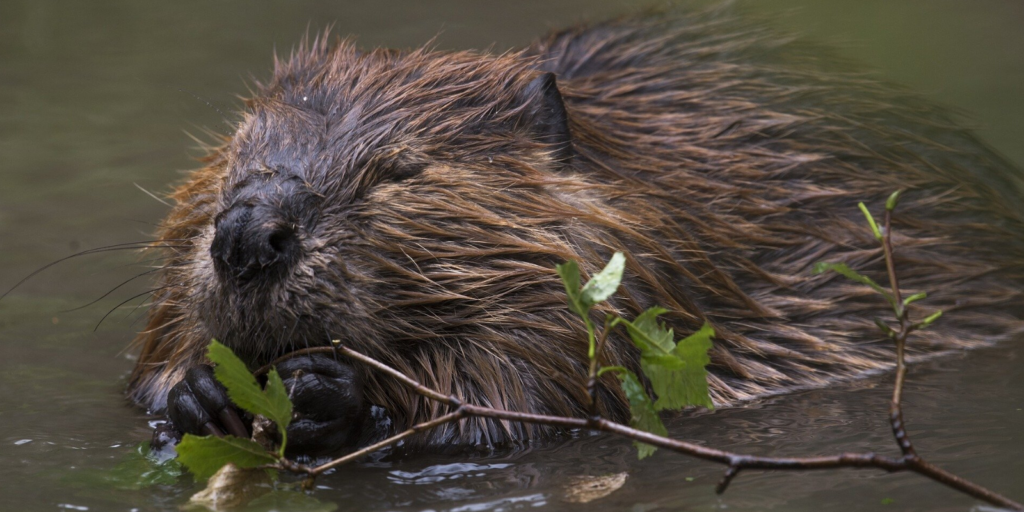Working with Beavers for Watershed Health
Beavers are an integral component of healthy riparian ecosystems. The National Wildlife Federation is working to bring beavers back to the landscape and to educate people on the many benefits of beaver restoration.
Beavers: Our Busiest Ecopartners
Beavers may be our most important partner in protecting and restoring western streams and watersheds. By building temporary dams on small streams, beavers slow down rainwater runoff and snowmelt. This replenishes groundwater and provides essential stream flows during the dry months in the late summer and fall to sustain year-round habitat for fish and wildlife (for example, more beavers equals more birds), as well as downstream water users. And, importantly, these “emerald refuges” protect valuable wildlife habitat when wildfires burn with increased intensity across western landscapes.
It’s likely that North America was once home to 100-200 million beavers, who literally shaped the landscape in which they lived. Intensive trapping starting in the 1700s reduced these numbers dramatically, and today there are only about 10-15 million beavers in this historic range. Our work revolves around changing that number for the well-being of the species and the riparian ecosystems that they benefit.
In 2018, National Wildlife Federation’s state and territory affiliates unanimously adopted a resolution supporting beaver restoration in western watersheds as a practical response to climate change. Our beaver restoration work includes advocacy for state and federal policies that incorporate beavers into watershed management and restoration, public education and outreach to engage people of all ages in beaver restoration, and collaborative on-the-ground habitat restoration projects to improve conditions for beavers to expand and thrive.
Thanks to a collaborative partnership between the Clark Fork Coalition, the National Wildlife Federation, and Defenders of Wildlife, expert assistance is now available to public and private landowners seeking non-lethal approaches to manage beaver activity. In early June a team led by Elissa Chott of the Clark Fork Coalition and Council Grove State Park managers installed a double-culvert exclusion fence at Council Grove State Park near Missoula, MT. Elissa designed this structure with counsel from Mike Callahan, as part of her training with the Beaver Institute. Thanks to Defenders of Wildlife, one of the collaborative project partners, video footage of the installation and reflections from participants is now available in this short video



